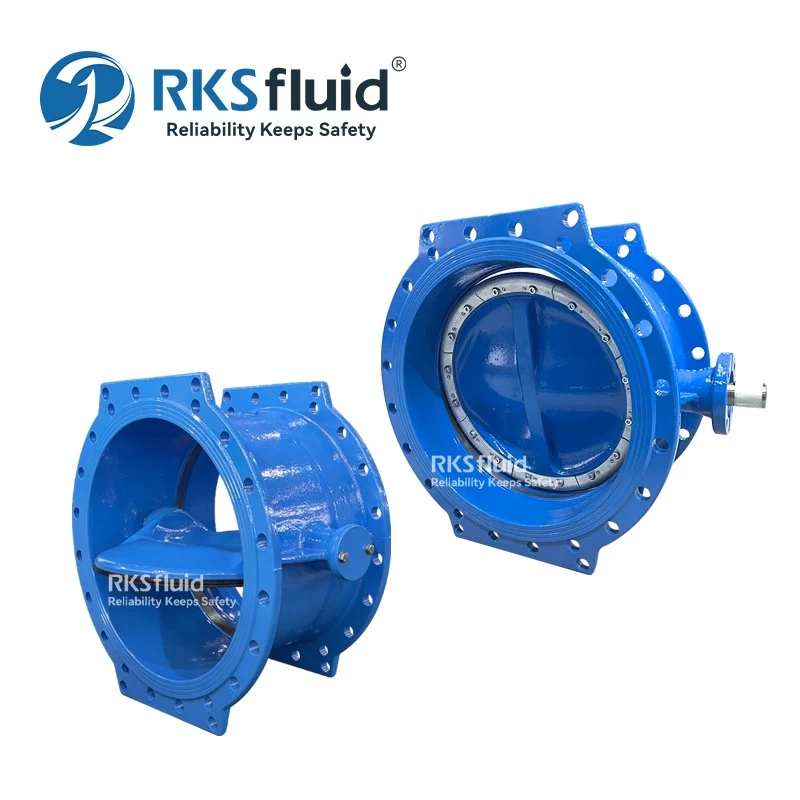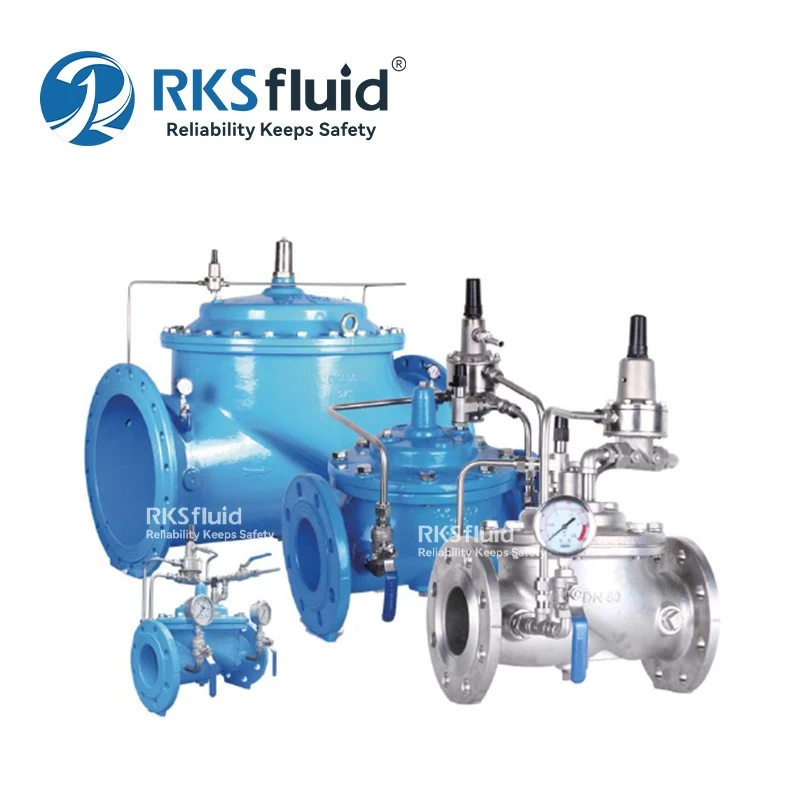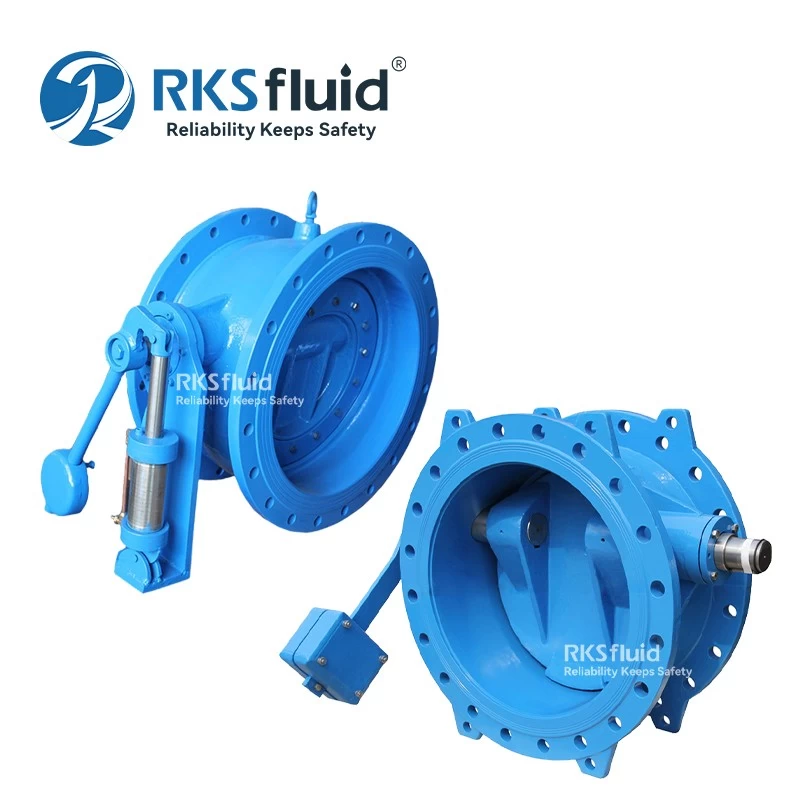- Main Product
- Contact Us
-
RKSfluid Flow Control Company
Web: www.rksfluid.com
Tel: +86 24 2318 0188
Fax: +86 24 2318 0788
Mail: info@rksfluid.com Contact Now
- Subscribe
-
Get email updates on new products
News
Valve Corrosion (3)
Corrosion resistant valve selection points
In the case of corrosive medium working conditions, anti-corrosion is the most critical place for chemical equipment. If the metal material of the chemical valve cannot be correctly selected, it is slightly inadvertent, and the equipment is damaged, which may cause accidents or even disaster.
How to choose the corrosion-resistant valve for some common chemical media?
1.Sulfuric acid medium
As one of the strong corrosive media, sulfuric acid is an important industrial raw material with a wide range of uses. Different concentrations and temperatures of sulfuric acid have a great difference in corrosion of materials. For concentrated sulfuric acid with a concentration above 80% and temperature less than 80 °C, carbon steel and cast iron have good corrosion resistance, but it is not suitable for high-speed flowing sulfuric acid. Not suitable for use as a valve material.
Ordinary stainless steels such as 304 (0Cr18Ni9) and 316 (0Cr18Ni12Mo2Ti) are also limited in their use for sulfuric acid media.
Therefore, the valve for transporting sulfuric acid is usually made of high-silicon cast iron (difficult to cast and process) and high-alloy stainless steel (20 alloy). Fluoroplastics have better sulfuric acid resistance, and a fluorine-lined pump valve (F46) is a more economical option. If the pressure is too high and the temperature rises, the point of use of the plastic valve is impacted, and only a ceramic ball valve that is more expensive than it is selected.
2. Hydrochloric acid medium
Most metal materials are not resistant to hydrochloric acid corrosion (including various stainless steel materials), and molybdenum-containing high-silicon iron can only be used for hydrochloric acid at 50 ° C and 30%.
Contrary to metal materials, most non-metallic materials have good corrosion resistance to hydrochloric acid, so rubber pumps and plastic pumps (such as polypropylene, fluoroplastics, etc.) are the best choice for transporting hydrochloric acid.
However, if the temperature of the medium exceeds 150 ° C, or the pressure is greater than 16 kg, any plastic (including polypropylene, fluoroplastic or even Teflon) will not be competent, and there is no ideal valve on the market. .
However, you can try the emerging ceramic ball valve. The advantages of this valve are self-lubricating, low torque, no aging, and much longer life than normal valves. Its disadvantage is that the price is much higher than plastic valves.
3. Nitric acid medium
Generally, most metals are quickly corroded and destroyed in nitric acid. Stainless steel is the most widely used nitric acid-resistant material. It has good corrosion resistance to all concentrations of nitric acid at normal temperature. It is worth mentioning that it contains molybdenum-containing stainless steel (such as 316 and 316L). The corrosion resistance to nitric acid is not only not superior to ordinary stainless steel (such as 304, 321), and sometimes even worse.
For high temperature nitric acid, titanium and titanium alloy materials are usually used.
4. Acetic acid medium
It is one of the most corrosive substances in organic acids. Ordinary steel is severely corroded in acetic acid of all concentrations and temperatures. Stainless steel is an excellent acetic acid resistant material. Molybdenum-containing 316 stainless steel can also be used for high temperature and dilute acetic acid vapor. .
For harsh requirements such as high temperature, high concentration acetic acid or other corrosive media, high alloy stainless steel or fluoroplastic valves are available.
5. Alkali (sodium hydroxide)
Steel is widely used in sodium hydroxide solutions below 80 ° C and 30% concentration. Many petrochemical plants still use ordinary steel at 100 ° C and below 75%. Although the corrosion is increased, the economy is good.
The corrosion resistance of ordinary stainless steel to lye has no obvious advantages compared with cast iron. Stainless steel is not recommended as long as a small amount of iron is allowed in the medium. For high-temperature alkaline liquids, titanium and titanium alloys or high-alloy stainless steels are often used.
6. Ammonia (ammonium hydroxide)
Most metals and non-metals are slightly corrosive in liquid ammonia and ammonia (ammonium hydroxide), and only copper and copper alloys are not suitable.
7. Chlorine (liquid chlorine)
Most metal valves are very resistant to chlorine corrosion, especially in the case of chlorine with water, including various alloy valves. In this case, PTFE valves are a good choice, but chemical plants that produce chlor-alkali will It is found that the time required for the PTFE valve is slightly longer, the torque is increased, and the problem of PTFE aging is highlighted. The leakage that occurs in this case is fatal.
It can be considered to replace the original ordinary lining PTFE valve with a PTFE-filled ceramic core, which has a perfect effect by utilizing the self-lubricating property of the ceramic and the corrosion resistance of the PTFE.
8. Salt water (sea water)
Ordinary steel is not too corrosive in sodium chloride solution and seawater or salt water, and generally needs to be protected by paint.
All types of stainless steel also have a very low uniform corrosion rate, but may cause local corrosion due to chloride ions, usually 316 stainless steel is better.
9. Alcohols, ketones, esters, ethers
Common alcohol media are methanol, ethanol, ethylene glycol, propanol, etc., ketone media are acetone, methyl ethyl ketone, etc., ester media have various methyl esters, ethyl esters, etc., ether media are methyl ether, ether, Butyl ether, etc., they are basically non-corrosive, and commonly used materials can be applied. When selecting specifically, they should also make reasonable choices according to the properties of the medium and related requirements.
It is also worth noting that ketones, esters, and ethers are soluble in a variety of rubbers and avoid errors when selecting sealing materials.











